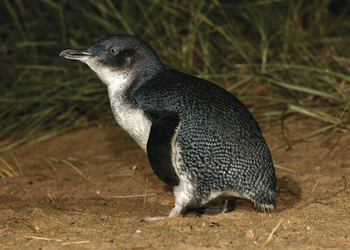A largely unresolved issue in ecology is choosing the right spatio-temporal scale to match biological processes and environment variables. Marine organisms are able to perceive environmental changes out of its habitat zone in a scale ranging from dozens to hundreds of kilometers. In this work, authors suggest that ocean currents may play a relevant role in determining the actual spatio-temporal scale under which reproductive timing in a marine predator, the Little penguin, has evolved to assure the necessary energy input to complete reproduction. Environmental dynamism should not be neglected, therefore, when investigating the linkage between animals' life-history traits and environmental variability. This newly proposed spatio-temporal scale may offer new insights on the impact on wild populations of processes causing altered environmental conditions. informacion[at]ebd.csic.es Afán et al. (2015) A novel spatio-temporal scale based on ocean currents unravels environmental drivers of reproductive timing in a marine predator. Proc R Soc B 282 (1810) 20150721 DOI: 10.1098/rspb.2015.0721
http://rspb.royalsocietypublishing.org/content/282/1810/20150721

 Las altas temperaturas están provocando que las lagunas y las marismas de Doñana pierdan agua rápidamente
Las altas temperaturas están provocando que las lagunas y las marismas de Doñana pierdan agua rápidamente




